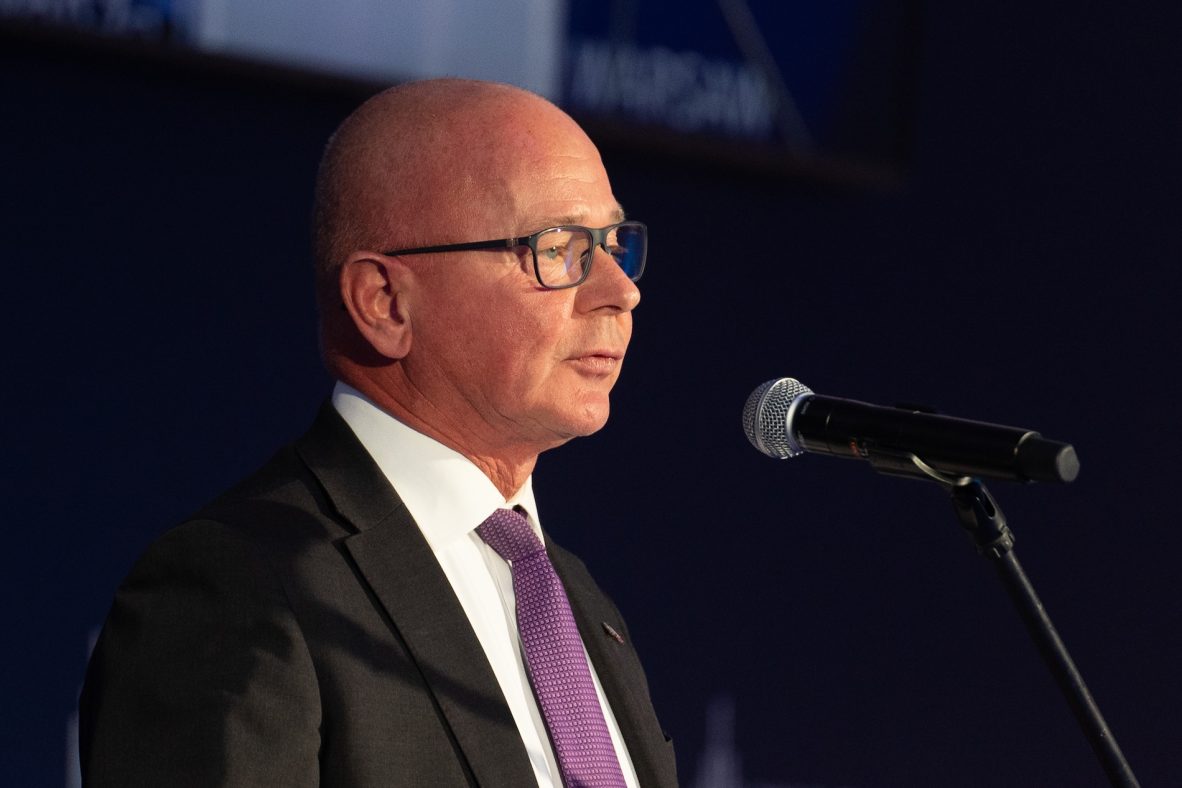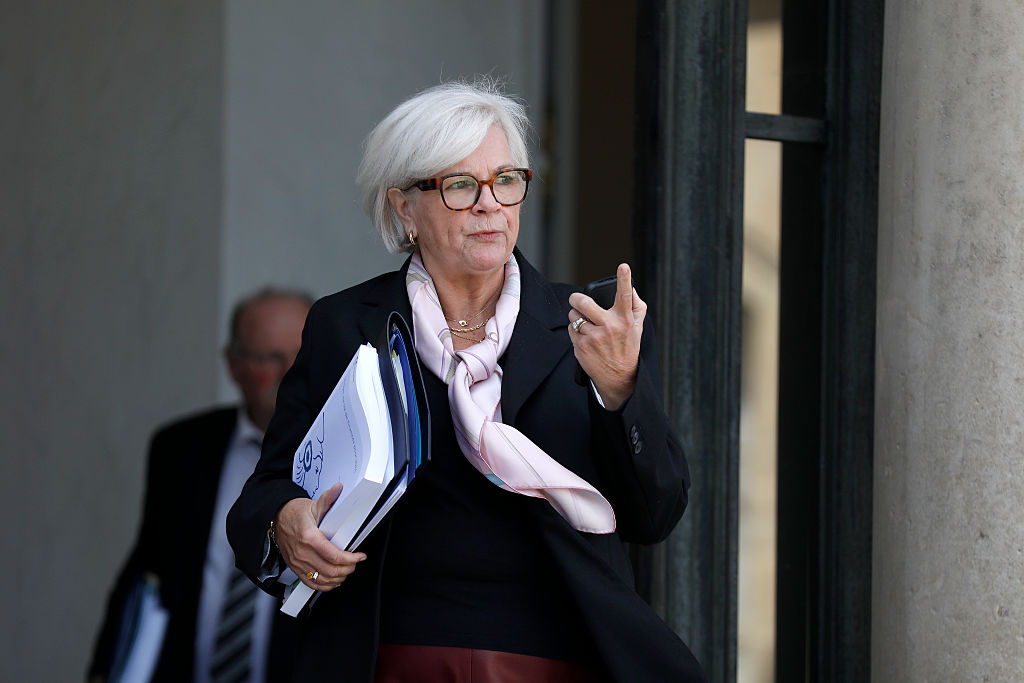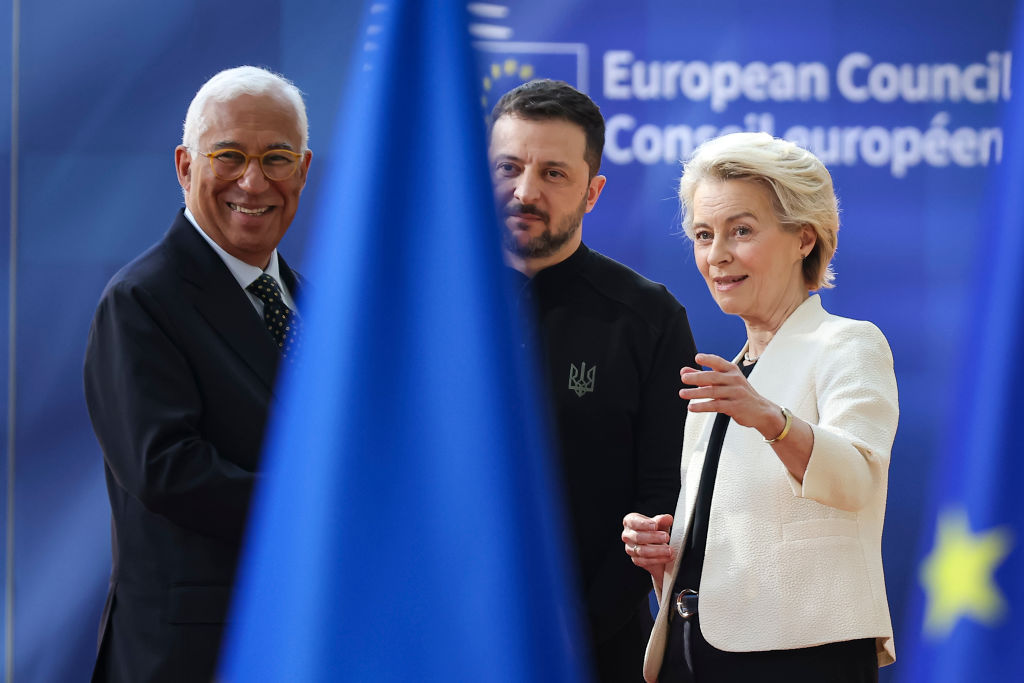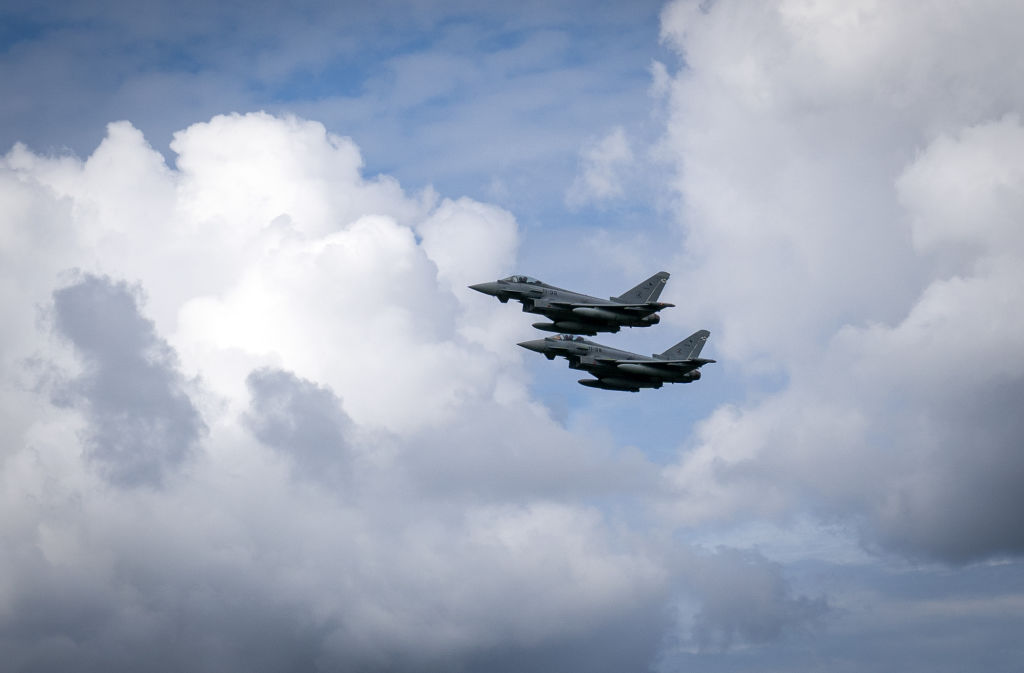Brussels wakes up to long-overlooked military mobility challenge
Divergent rules and poor infrastructure mean tank columns can be delayed at borders just to switch which side their flags are flown on
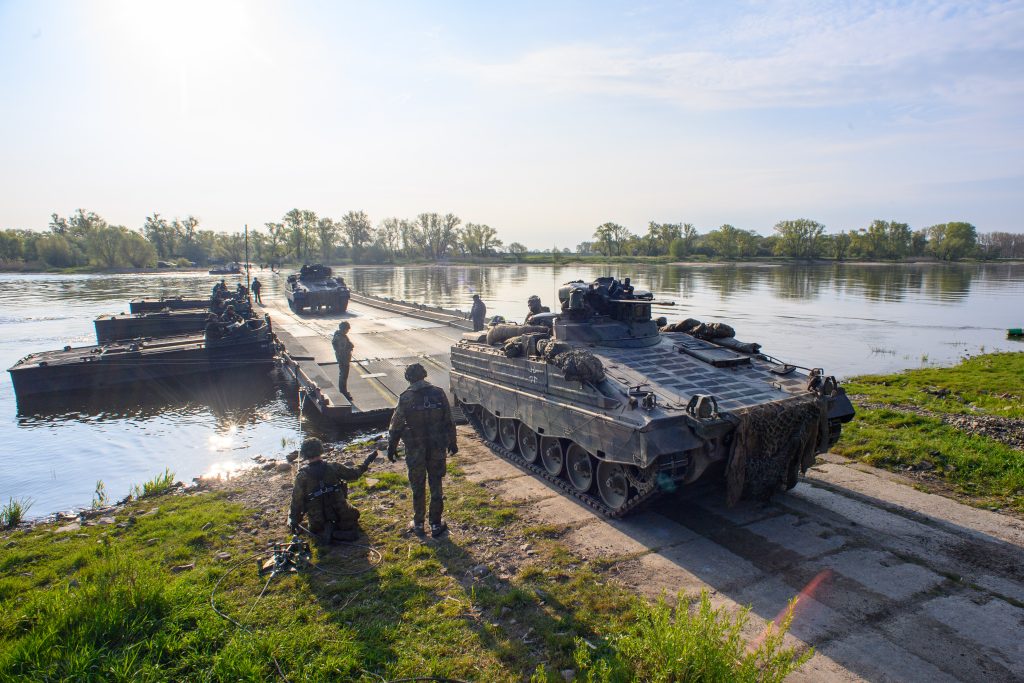
Long ignored in Brussels, the topic of military mobility is now at the forefront of all defence talks, just as the Commission wants to pour billions into transport infrastructure.
Moving troops and military equipment across Europe lies at the heart of coordination between the EU, the economic and regulatory powerhouse, and the transatlantic military alliance, which needs better access to military corridors.
This is what Transport Commissioner Apostolos Tzitzikostas will discuss today with NATO Secretary General Mark Rutte.
Russia’s invasion of Ukraine exposed the EU’s legal constraints and deficiencies in its transport networks, which limit the movement of troops and equipment across the continent.
With negotiations over the next EU budget, the multiannual framework (MFF), about to start, diplomats and the Commission alike are seeing a window of opportunity to tackle the issue.
In July, the Commission pitched €17.6 billion for military mobility in the 2028-2034 MFF under the Connecting Europe Facility: a “tenfold increase” on the EU’s current multiannual budget, Piotr Serafin, the EU budget commissioner, told MEPs.
But numbers can always change. The EU’s allocation for military mobility in this budget cycle currently stands at €1.7 billion, four times smaller than the Commission’s initial proposal for 2021-27.
Spending boosts
Likewise, NATO leaders in June agreed to spend 1.5% of their GDP on “broad defence” to revamp critical infrastructure among other things – a simple way to up their total contribution.
Germany wants to spend billions from its 2026 budget to revamp the country’s strategic infrastructure. The Italian government last month approved the long-discussed €13.5 billion Messina bridge, connecting the island of Sicily to the mainland, classifying it as defence spending to meet the NATO 1.5% target.
So far, the EU’s regulatory machine has left military mobility largely unaddressed, apart from two shy attempts in 2018 and 2022. The two action plans aimed to refit EU countries’ infrastructure and highlighted the lack of harmonised rules for cross-border movements, but left regulations untouched.
Europe’s divergent national rules and ill-fitted infrastructure can lead to some farcical delays. In a parliamentary hearing with military officials last May, Brigadier General Katrien D’Hert from the EU’s military staff recalled that different EU countries require tanks’ flags to be placed on different sides of the vehicles, delaying the movement of columns of troops and equipment, especially in a time of emergency.
The meeting of Tzitzikostas and Rutte comes as the German armed forces, together with 13 other countries, began military exercises in Lithuania and the Baltic Sea to prepare for times of crisis and war.
Institutional talks gain momentum
In its March White Paper, the EU executive announced a military mobility package “by the end of 2025”.
On Monday, Arūnas Vinčiūnas, from the Commission’s DG DEFIS, told MEPs that the Commission’s proposal would come with a joint communication describing “the state of readiness on military mobility”, together with a draft regulation.
That text will propose to “harmonise national procedures and rules to ensure coherent application across the EU” by amending EU legislation, and define a framework to ease “military movements and enhance preparedness for emergency”, he added.
That would respond to MEPs’ repeated bemoaning the lack of a “crisis” mode that would allow capitals to take extraordinary measures to respond to Russia’s threat. MEP Roberts Zīle (ECR), co-rapporteur on the military mobility report, outlined the need for an “in-between” phase between peacetime and wartime to enable “political high-level decisions” to be taken quickly.
The Commission will also pitch a “European Union framework” to allow EU countries to request assistance for transporting military equipment and personnel.
Alongside the Commission’s military mobility package, Parliament’s security and transport committees will also present in December a joint report setting out their priorities.
(cp, aw)
